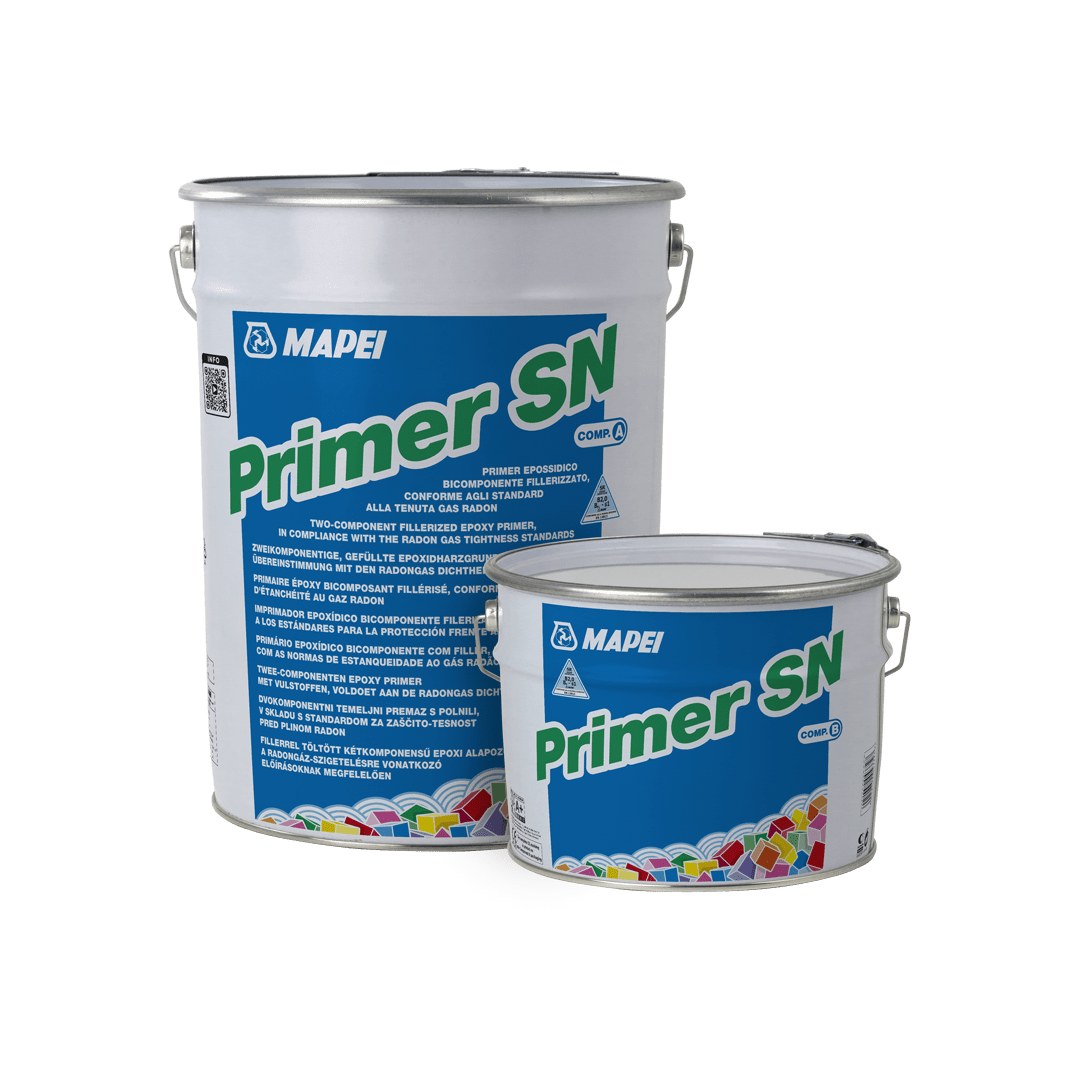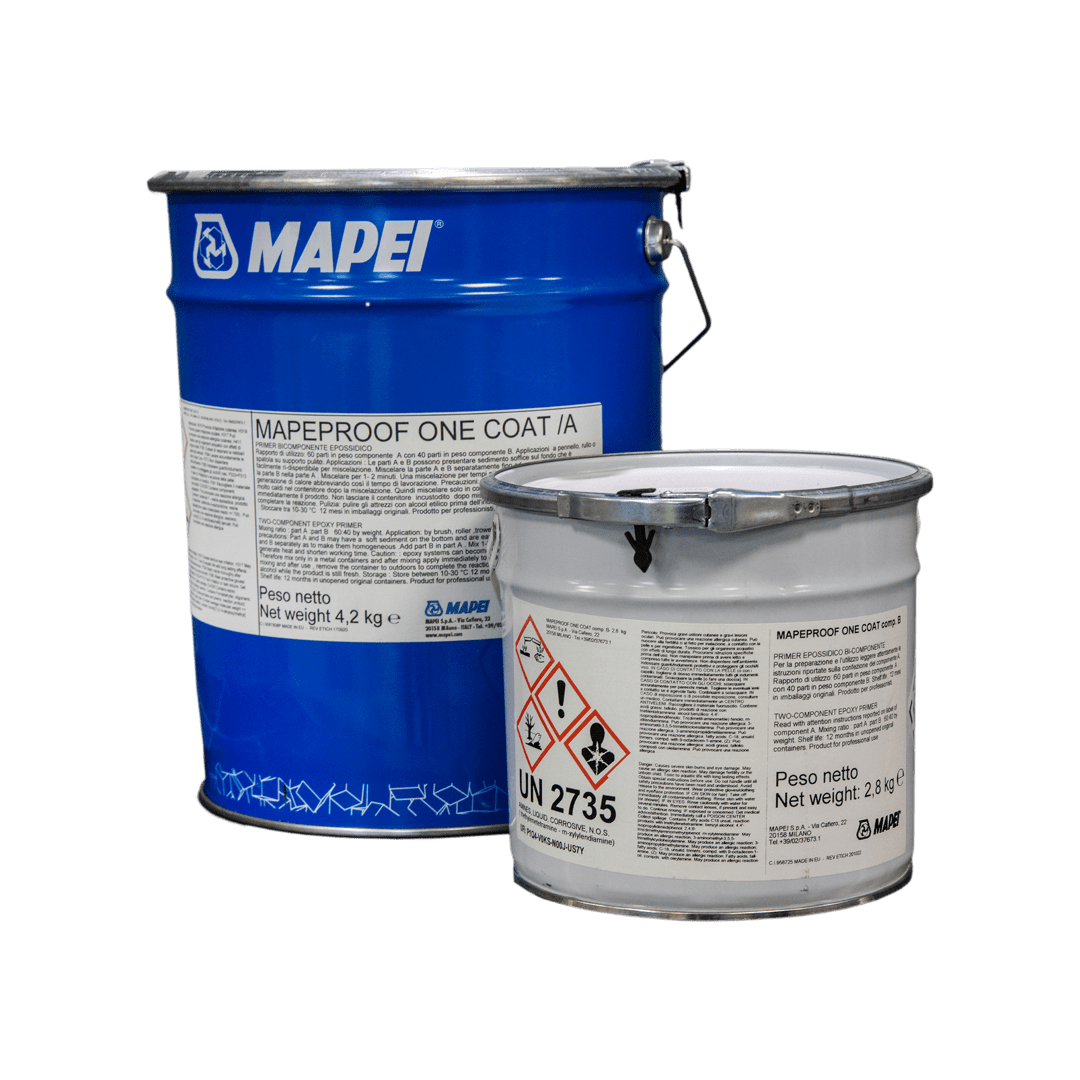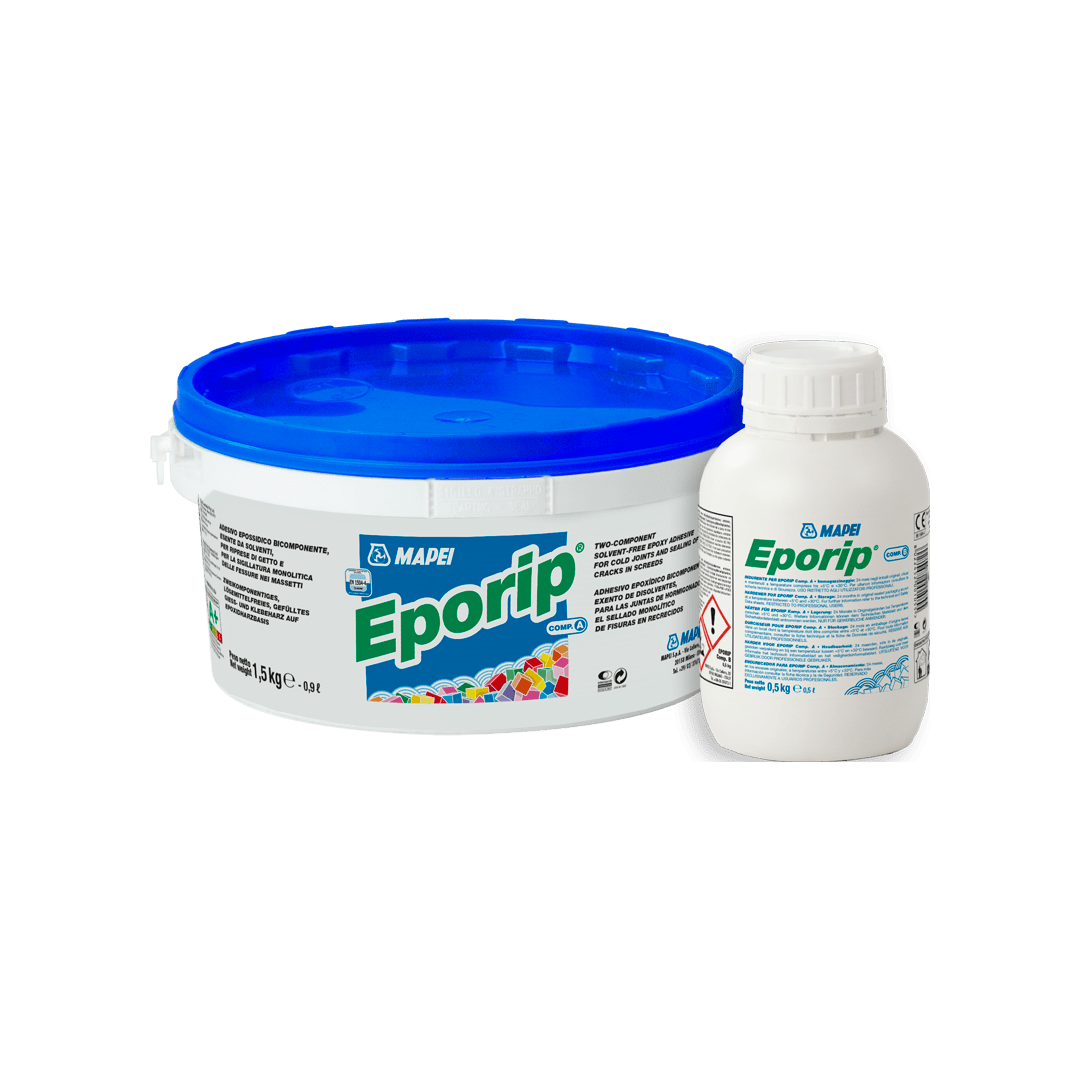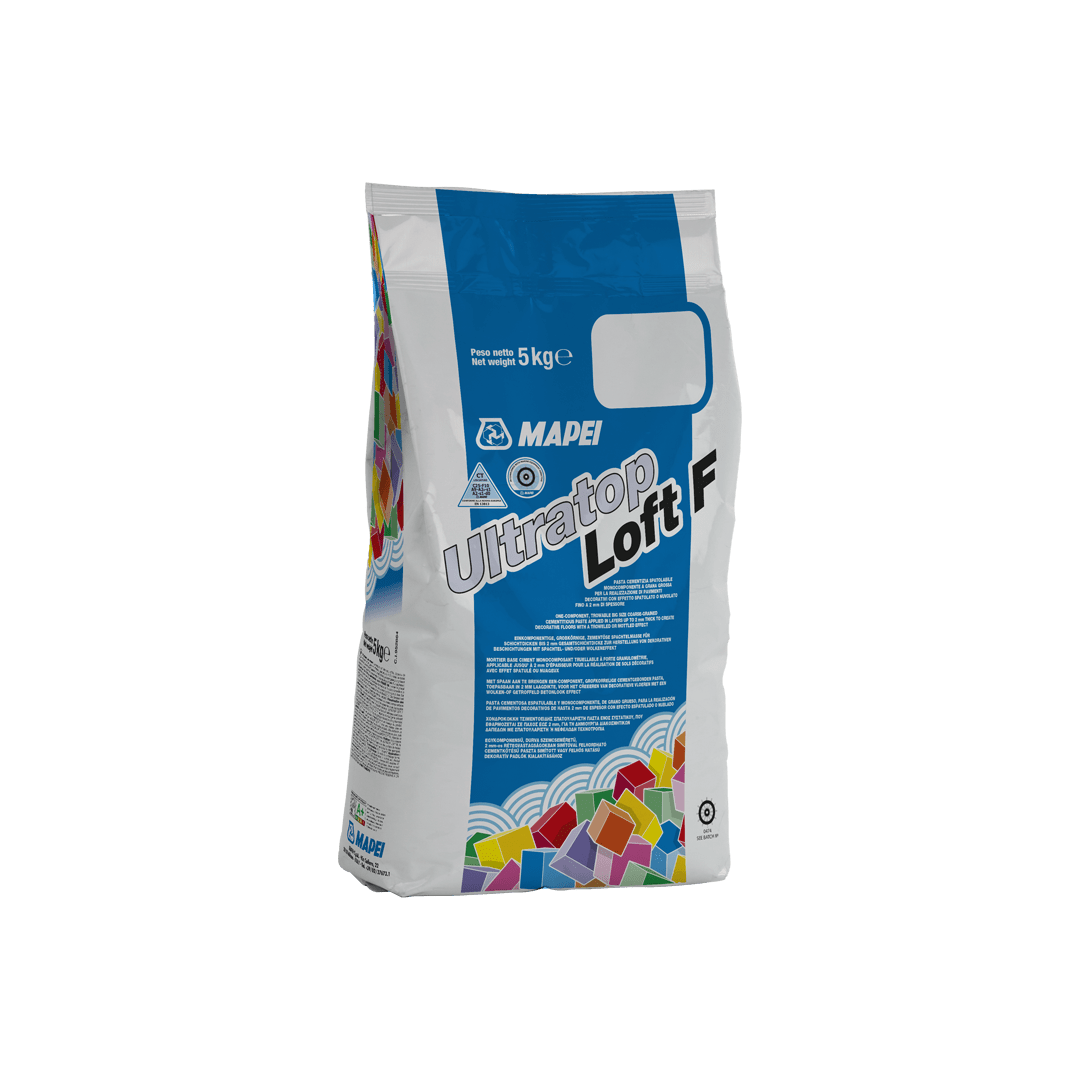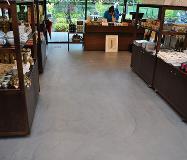
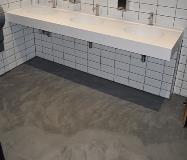

The Ultratop Loft system from Mapei has been specified for new flooring at the Pavilion Bar and Grill situated within the Royal Botanic Gardens, Kew, as part of a two-year redevelopment. The products used covered around 250m² of internal space.
Mapei products were specified directly through project designer and architect Julie Hutchinson from Ryder Architecture; Ultratop Loft was the ideal choice for her modern, yet natural and themed design. Incorporating the natural and outside theme of Kew Gardens, Ultratop Loft was used in a specific texture, with Ultratop Color Paste in black added to a white base to complement the brass panels installed on the walls. During the mixing of the product, Mapei assisted the applicator with the aim of achieving the right colour and design as specified by the architect.
The existing screed, which was supplied and installed by others, was in a poor condition and required repairing before applying Ultratop Loft, to ensure a sound substrate was provided for the installation. Repairs to the screed was undertaken by installer and sub-contractor Aston Crean using Mapei Eporip, a solvent-free epoxy resin, which was poured into cracks in the screed to successfully seal and repair them. Remedial recommendations for crack repair, a liquid-applied damp-proof membrane and levelling compound materials were supplied with Mapei’s assistance and experience of addressing these types of issues in existing screeds.
Main contractor Graham Construction had concerns over the residual moisture content of the screed, therefore Mapei’s Mapeproof One Coat, a single-coat epoxy surface DPM, was applied.
Once the screed had been repaired, attention turned to providing a flat, level surface to SR1 category, to take the 2mm thick micro-cement topping. For this purpose, an 8mm thick layer of Mapei’s Ultraplan Renovation Screed 3240, a fibre-reinforced levelling compound, was applied over the screed.
Once the Ultraplan Renovation Screed was dry, the installation of the Ultratop Loft system could begin. The first stage of the process was to apply a two-part epoxy primer, Mapei Primer SN, to the surface of the levelling compound, followed by an immediate broadcast of a 0.5mm dried quartz aggregate. Once the excess aggregate was removed the next day, a coarse-textured surface was left to provide a mechanical key for the subsequent layers of Ultratop Loft to adhere to.
The first coat of Ultratop Loft micro cement was ready to be applied the following day, to start creating the final floor. Ultratop Loft can be pigmented to a vast range of colours and shades, and for this project Ryder Architecture chose a light grey colour shade to complement the mottled brass panels that were being installed on the walls of the restaurant. Ultratop Loft was trowel-applied to the surface in two 1mm coats for a total thickness of 2mm. As the cementitious paste is hand-applied by trowel, each floor is unique, no two floors can ever be exactly the same, a unique aesthetic that is popular with both architects and interior designers.
After the second coat had dried and been sanded, the floor was sealed with a durable, stain-resistant sealant from the Mapefloor Finish range. Ready to receive foot traffic after just 12 hours, the floor was finished within the tight project deadline provided by owners Royal Botanic Gardens.
Architect Design renovation levelling screed Ultratop Loft Flooring news
